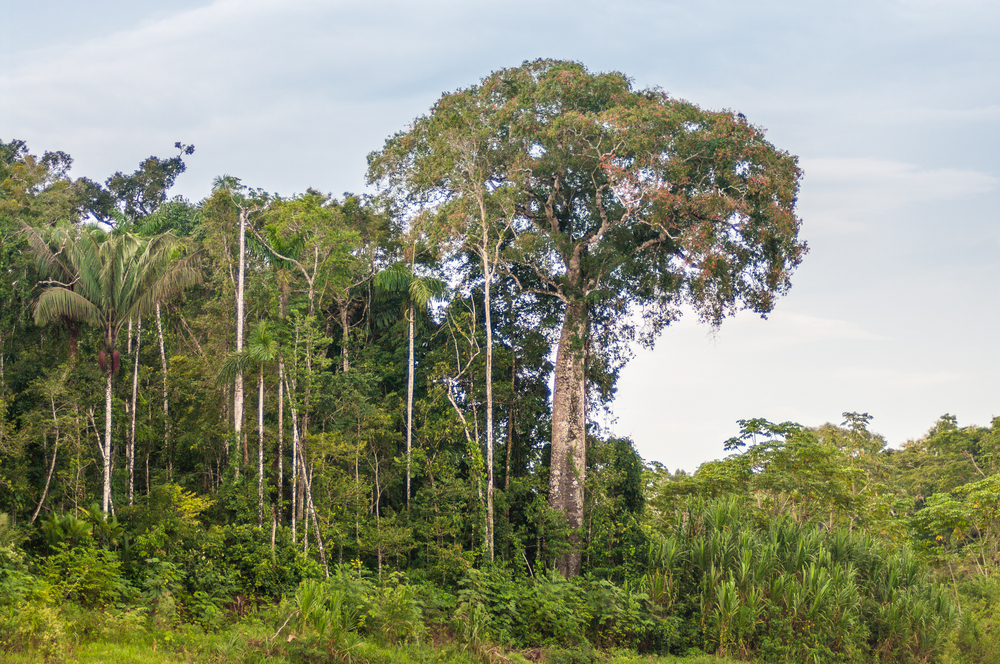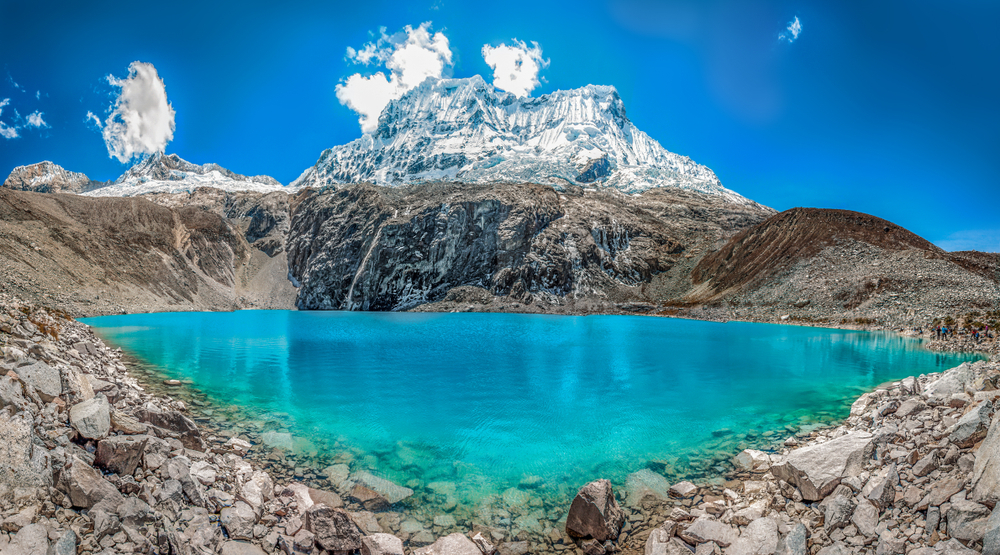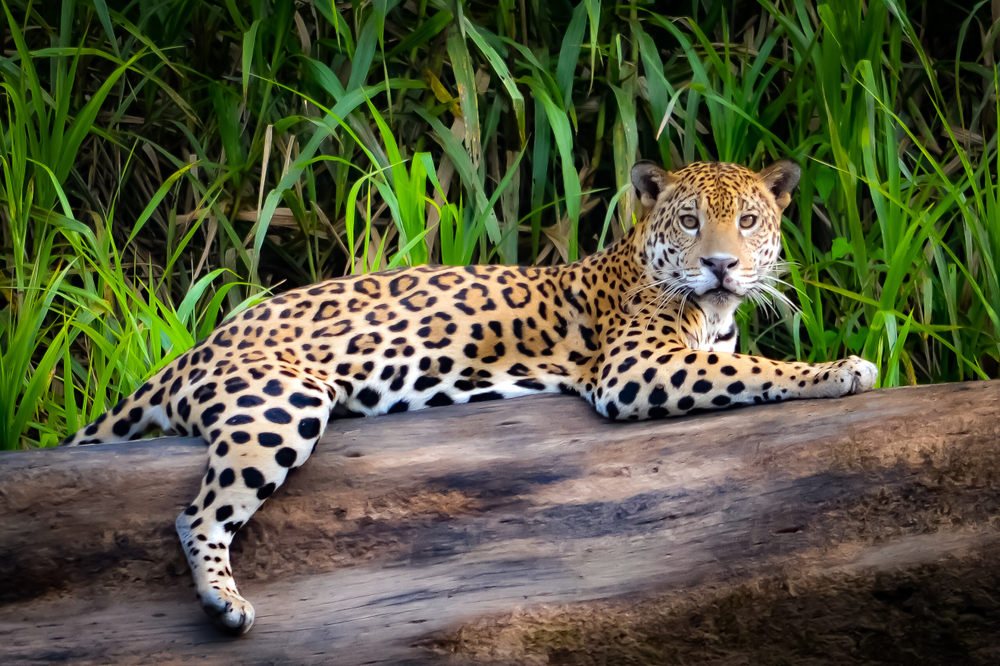Cordillera Azul Overview
Cordillera Azul National Park, known locally as Parque Nacional Cordillera Azul, is a vast protected area in the central jungle of Peru. Covering approximately 5,225 square miles (13,532 square kilometers), it spans across four regions: San Martín, Loreto, Ucayali, and Huánuco.
Situated between the Andes and the Amazon Basin, the park serves as a crucial ecological bridge between these two diverse landscapes. Its remote and rugged terrain includes a combination of steep mountains, deep valleys, and winding rivers, creating an isolated and untouched wilderness. Among its most striking features are the forested peaks of the Cordillera Azul mountain range, which rise dramatically from the lowland rainforest.
The park is crisscrossed by numerous rivers, including the Río Pauya and Río Pisqui, which cut through lush tropical forests and contribute to the region’s high biodiversity. The dense vegetation consists primarily of tropical and montane rainforests, cloud forests, and wetlands, with an extraordinary variety of plant life, including giant tree ferns, bromeliads, orchids, and towering hardwood trees.
The park is home to an incredible diversity of wildlife, making it one of the most biodiverse areas in Peru. It provides a sanctuary for several rare and endemic species, many of which are threatened elsewhere due to deforestation and habitat destruction.
Among the notable mammals found here are the jaguar, puma, spectacled bear, tapir, and several species of monkeys, including the endangered yellow-tailed woolly monkey. The park is also a haven for bird enthusiasts, with over 600 bird species recorded, including the harpy eagle, Andean cock-of-the-rock, and the scarlet macaw. Amphibians and reptiles are abundant as well, with colorful poison dart frogs, caimans, and various snake species inhabiting the dense forest floor and waterways.
Cordillera Azul National Park is known for its remote and pristine beauty, making it a paradise for ecotourism and adventure seekers. Though access to the park is limited due to its rugged nature, visitors can experience its incredible landscapes through guided expeditions, wildlife observation, and scientific research initiatives.
Trekking through the park’s dense rainforest trails offers opportunities to encounter diverse flora and fauna in their natural habitat. Birdwatching is particularly rewarding due to the park’s high avian diversity, while river excursions along the many waterways allow visitors to explore the park from a different perspective.
Given its untouched nature, Cordillera Azul remains one of the most unspoiled natural areas in Peru, attracting those looking for an off-the-beaten-path adventure.
The park faces conservation challenges, primarily due to external pressures such as illegal logging, poaching, and encroaching agriculture, particularly coca cultivation. While the park itself is legally protected, the surrounding buffer zones are under increasing threat, leading to deforestation and habitat fragmentation.
However, conservation efforts have been largely successful in maintaining the park’s core ecosystem. The establishment of private conservation initiatives and partnerships between local communities, non-governmental organizations, and government agencies have contributed to its protection.
The park also serves as a crucial carbon sink, playing a significant role in climate change mitigation. Continued efforts in sustainable conservation management, scientific research, and community involvement are key to ensuring the long-term preservation of this extraordinary natural treasure.













































































